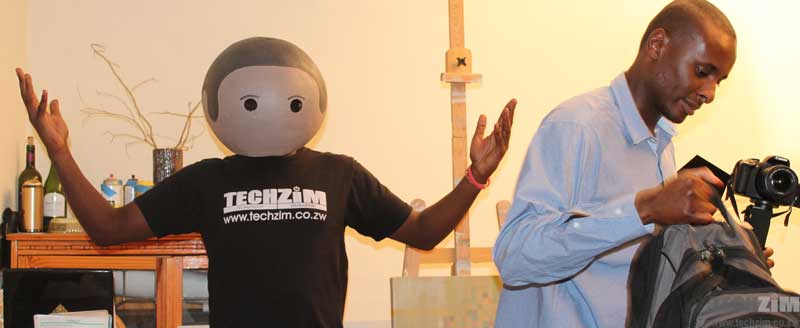Internet of Things has become big in 1st world countries but when we come to Africa, it’s a whole different discussion. Most people would think of a toaster connected to the Internet that knows when to make the toast upon receiving instructions. However, such connected devices and good examples of IoT do not necessarily prove to be useful in Africa.
This is because we have more things to worry about than how automated our breakfast is. Applications of IoT differ very much according to each country within the continent because each has different economic and political challenges.
Liquid Telecom in partnership with other companies has compiled a report to show some of the applications of IoT and some examples of startups that are using the tech to solve African specific challenges. Here are some summaries of some of the use cases of IoT mentioned in the report.
Smarter Energy and Utilities powered by IoT
According to the report, over 630 million people in Africa live without electricity and around 40 billion hours are spent fetching water in sub-Saharan Africa. IoT can be used to solve some of these challenges.
For example, in 2015, Johannesburg-based electricity utility City Power began a test phase of smart meter that limits electricity to households. This is being done in order to avoid load-shedding since the system monitors in real-time the usage or electricity and adjusts to meet the conditions.
Another use case proved in 2014, a startup called SweetSense installed over 200 sensors in rural water pumps in Rwanda. This was done in an effort to reduce the number of pumps broken and the number of times pumps are repaired. According to the report, the sensors dramatically lowered the metrics that were being targeted which was good.
Potentially reduce deaths in Health care by paying attention with IoT
In the Health section of the report, they outlined a use case that could be critical to saving lives. According to the report, people who have been discharged from the Intensive Care Unit (ICU) to an ordinary hospital room are more likely to die in the normal room than in ICU.
This is because when in ICU, patients are closely monitored by nurses, doctors, and equipment. However, once they get discharged from the room upon improvement, the monitoring starts to decrease. Since the patient is now being monitored less, their vitals can change instantly and make a turn for the worse.
Without constant monitoring, the patient could go beyond a point of recovery and die because no-one responded quickly when the condition was still treatable. A possible solution they offered would be to create a wearable device for the patient to wear and this device would constantly monitor their vitals.
The data gathered would be relayed to the doctor and if a sudden change happens, it could trigger a warning for the doctor to see and respond more quickly. A South African startup called Vitls is working on such a device to solve that particular problem.
IoT can do so much more
There are not all the applications of IoT that were in the report but for brevity sake, we had to provide a summary of some of them. Some other use cases are in the transport industry, for example, Uber type businesses or in Safaris for tracking of animals etc.
Opportunities are still there as African countries have just started their journey with IoT so there’s more that can be done.
A Zimbabwean startup called Hurukuro was featured in the Agriculture section of the report as they are using IoT to solve some farming problems locally. We’ve contacted there and will follow up with a more detailed article about them once they respond.
You can download the Africa IoT 2017 report here.

One response
its good